Why we should invest in arid areas?
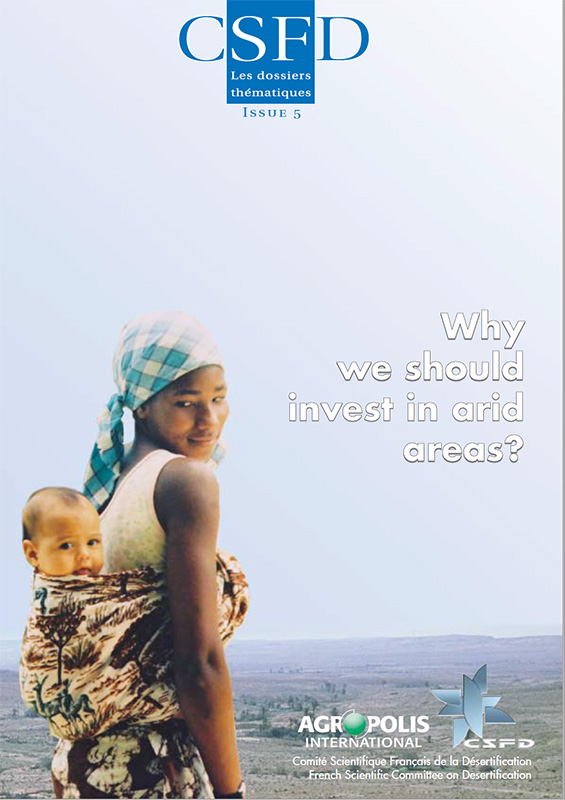
The issue of economic costs and in particular macroeconomic costs of the degradation of land is slowly becoming a priority one in international meetings on the development of dry regions. It is also being combined with the cost of inaction revealed by the Organisation for Economic Co-operation and Development in 2005. However, there are not […]
Why we should invest in arid areas
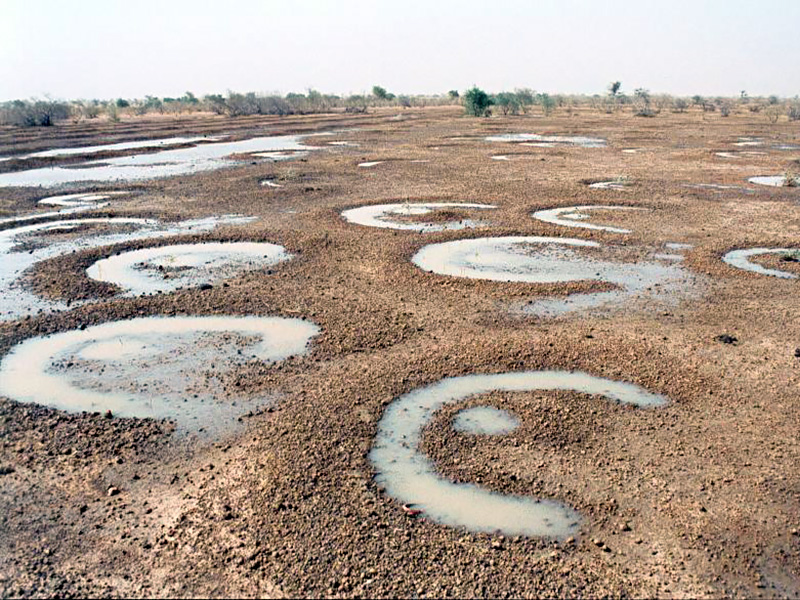
Natural capital: a range of exploitable resources For over 30 years, the natural resources of arid regions have been suffering degradation through the pressure of human populations on the natural environment and the extreme climate events that have taken place in various parts of the world. This degradation of natural capital leads to a process […]
Deep groundwater resources in the Sahara desert and arid and semiarid fringe areas
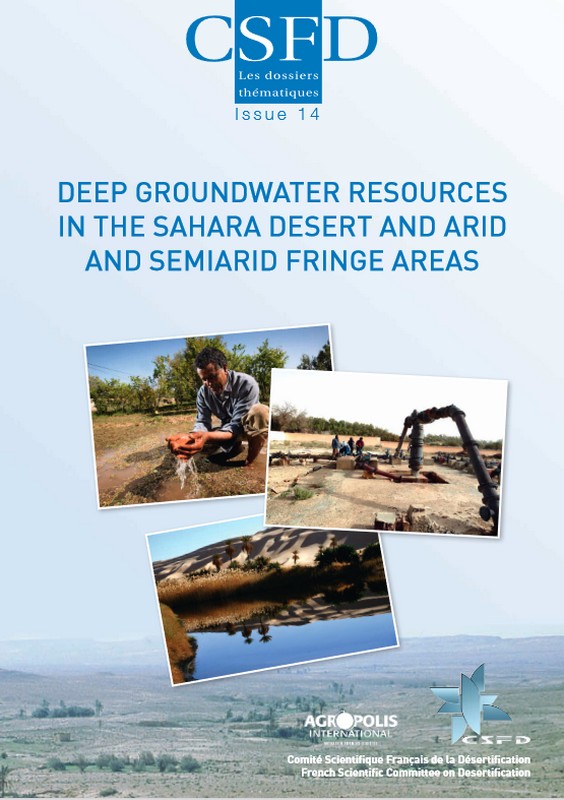
95% of the freshwater used by mankind worldwide—mainly groundwater—derives from renewable water resources (i.e. the share of rainfall not taken up by plants or evaporated). The remaining 5% is from the groundwater stock accumulated during excess recharge periods. Globally, this stock is constantly declining due to overexploitation linked to an imbalance between natural or human […]
DEEP GROUNDWATER RESOURCESOF THE SAHARA DESERT AND ITSARID AND SEMI-ARID MARGINS
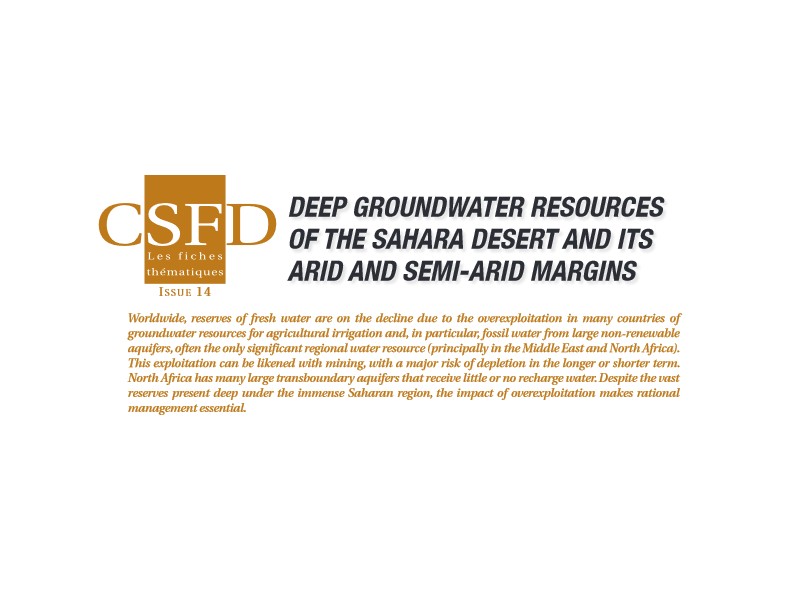
Apart from large river basins, the presence of fresh water in the arid or desert zones of the Sahara/Sahel strip, in the form of lakes or springs (oases), is often exclusively linked to the surface emergence of deep groundwater – considered fossil water as it accumulated in the rainy periods of the Quaternary period thousands […]
Ecological engineering for sustainable agriculture in arid and semiarid West african regions
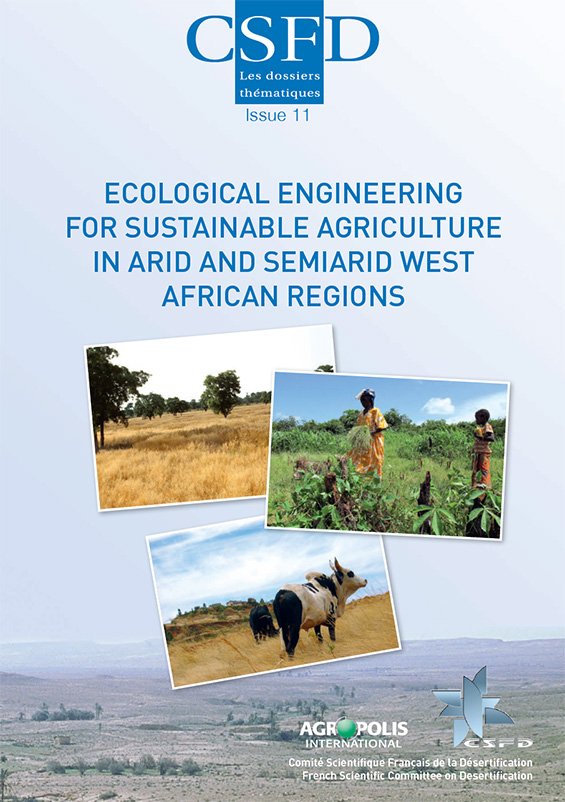
Over the past 10 years, the French Scientific Committee on Desertification has conducted a series of reviews and published many reports on topics that have seldom been investigated but are essential for the development of dryland areas— the contribution of direct-seeding mulch-based cropping systems, why we should invest in arid areas, restoring natural capital, pastoralism […]
Restoring natural capital in arid and semiarid regions
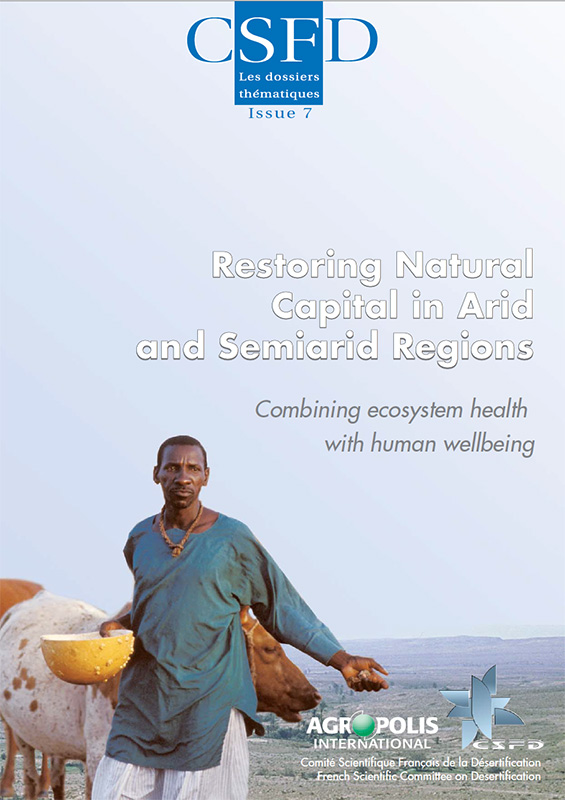
Combining ecosystem health with human wellbeing The overall aim of this CSFD thematic report is to communicate, share and discuss key elements of restoring natural capital in arid and semiarid regions. Its main goal is to promote the implementation of this approach within societies and communities that are the most threatened by desertification. The regions […]
Biodiversity and land degradation – A mutual combat for sustainable development in dryland areas

Nature is declining globally at rates unprecedented in human history.” The Intergovernmental Science-Policy Platform on Biodiversity and Ecosystem Services (IPBES) published an alarming report in 2019 on the state of biodiversity worldwide, while calling on everyone to react right away. According to IPBES, about 1 million living species are threatened and global species extinction is […]
Biodiversity and land degradation in dryland areas – Role of pastoralism
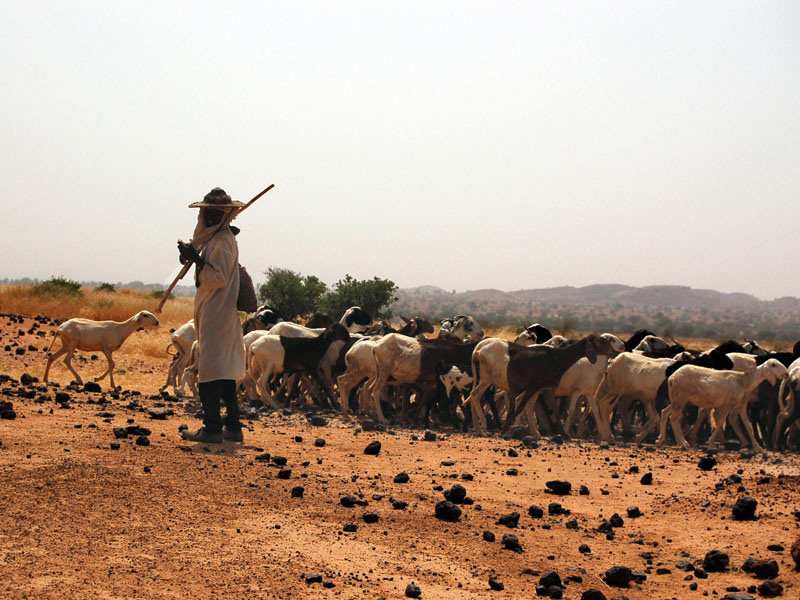
Pastoral livestock herding has long been blamed for contributing to environmental degradation1 and especially to biodiversity loss. Is this criticism warranted given that pastoralism is still—and has long been—a key economic activity in Sahelian-Saharan Africa? Preconceived ideas or reality? These questions are addressed hereafter…(1) Steinfeld H. et al. 2006. Livestock’s long shadow: environmental issues and […]
Gender issues in arid zones
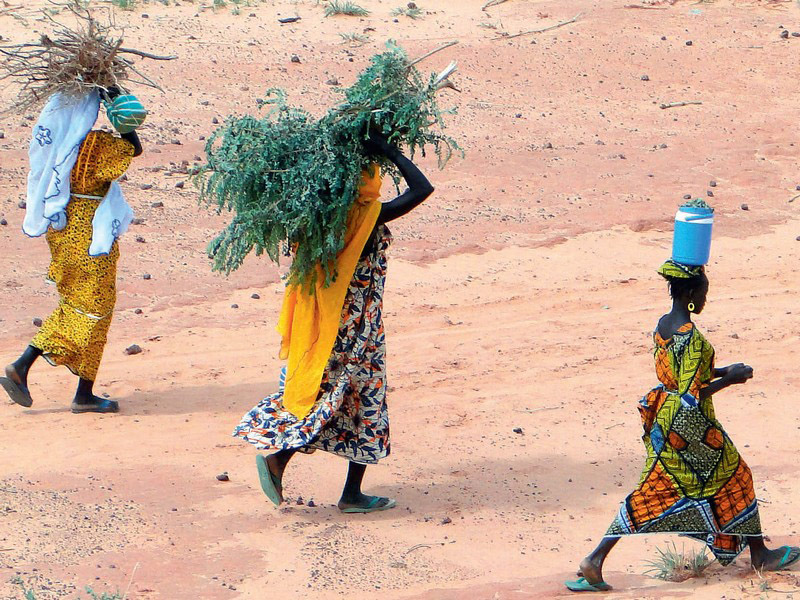
Women: actors in the combat against desertification Differentiated gender roles and activities The economic and social organization of rural societies has a high level of gender differentiation in terms of rights, activities and responsibilities. This interacts with other aspects of social stratification based on factors such as ethnicity, statutory groups, religion and level of wealth. […]
Pastoralism in dryland areas
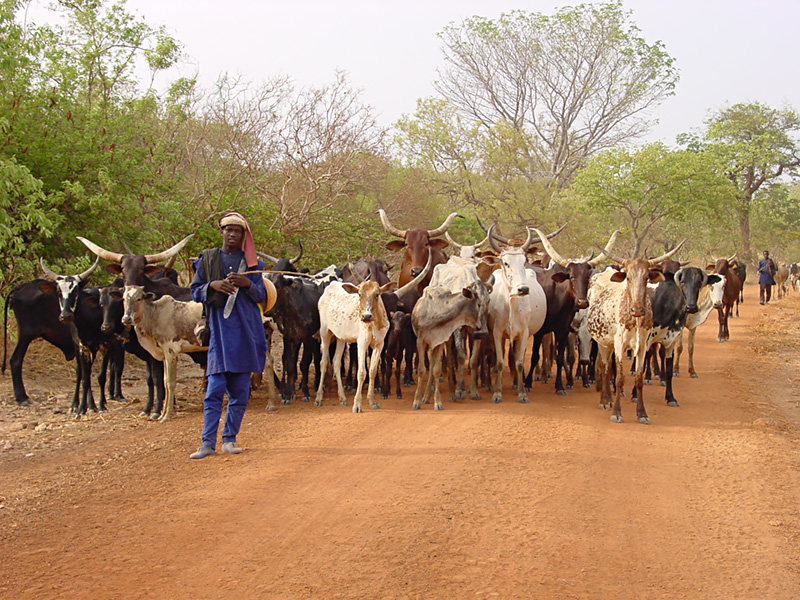
A case study in sub-Saharan Africa Pastoralism—a rural activity that prevails in dryland regions As far back as Neolithic times, people in Africa and elsewhere in the world have specialized in pastoral livestock herding. The climate has meanwhile changed, and these herding peoples have been wandering in quest of suitable environments for their herds, while […]

